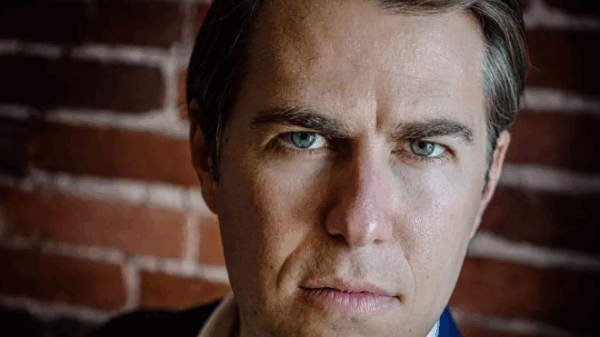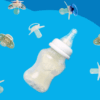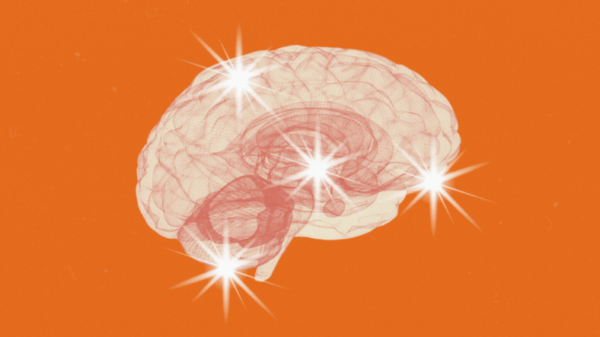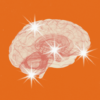In January 2022, a simple math problem in algebra class led to a moment that would change 14-year-old Sarah’s life forever. Overwhelmed by fatigue, brain fog, and physical discomfort, Sarah realized something was wrong. Just weeks earlier, she had contracted COVID-19, and since then, even basic tasks like reading and standing had become monumental challenges. Months of doctor visits eventually resulted in a diagnosis of Long COVID, marking the beginning of a difficult journey toward recovery.
Reflecting on her experience two years later, Sarah reports that she is now about 85% recovered. While she can attend a full day of school, she still grapples with brain fog and fatigue during intense projects or when feeling unwell. Through this journey, she has gained valuable insights about living with an invisible illness and the importance of support from friends and family.
Sarah has learned several critical lessons during her recovery:
1. Letting Go is Not Failure:
Before her diagnosis, Sarah thrived on pushing herself academically and athletically. However, she soon realized that this mindset only exacerbated her symptoms. Recognizing the need for change, she made the difficult decision to drop half of her classes, feeling as though she had lost a part of herself. Yet, this reduction in workload allowed her body the space it needed to heal. “Slowing down isn’t quitting—it’s survival,” she says.
2. Small Victories Matter:
Adjusting to a new definition of success was challenging for Sarah, who was accustomed to setting ambitious goals. With chronic illness, however, even minor achievements became significant milestones. Rather than focusing on straight A’s or competitive swimming, she celebrated simply getting out of bed and attending classes.
3. You Can’t Push Through It:
Sarah learned that sheer willpower wouldn’t help her overcome her illness. The more she tried to push herself, the worse she felt. Respecting her body’s limits became essential to her healing process.
4. Invisible Illnesses are Isolating:
Living with an invisible illness often led to misunderstandings. Friends and teachers assumed that Sarah had lost interest in her studies or friendships, contributing to her feelings of isolation. However, those who reached out and offered support became her most cherished allies.
5. Healing Isn’t Linear:
Sarah discovered that recovery from chronic illness is not a straight path. Some days she felt strong, while others left her drained. She emphasized that low-energy days do not reflect a lack of effort; they are simply part of the healing journey.
6. Relapse Anxiety Can Be Paralyzing:
Even as her symptoms improved, Sarah found herself anxious about potential relapses. This fear sometimes held her back from fully engaging in school and activities she loved. She reminded herself that gradual progress was sufficient and that she didn’t need to rush back to her previous “normal.”
Ultimately, Sarah reflects on how living with chronic illness has made her mentally stronger. It has forced her to slow down, reevaluate her understanding of success, and develop a deeper awareness of herself and the world around her. Through her experience, she hopes to inspire others navigating similar challenges to find strength and resilience in their journeys.








































